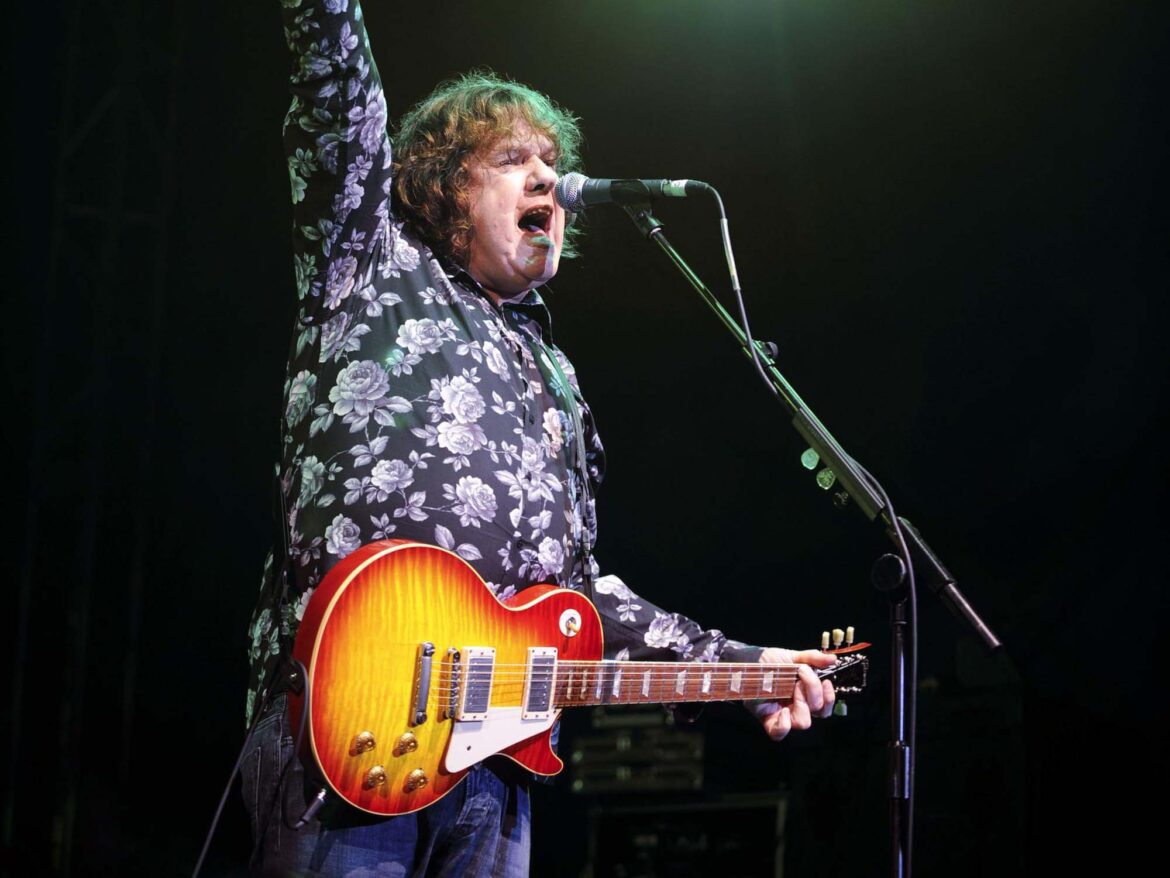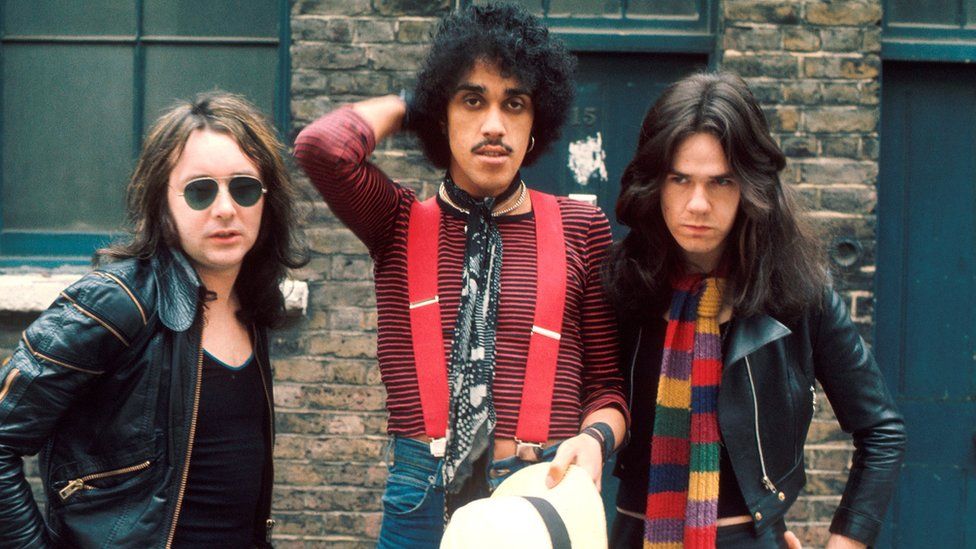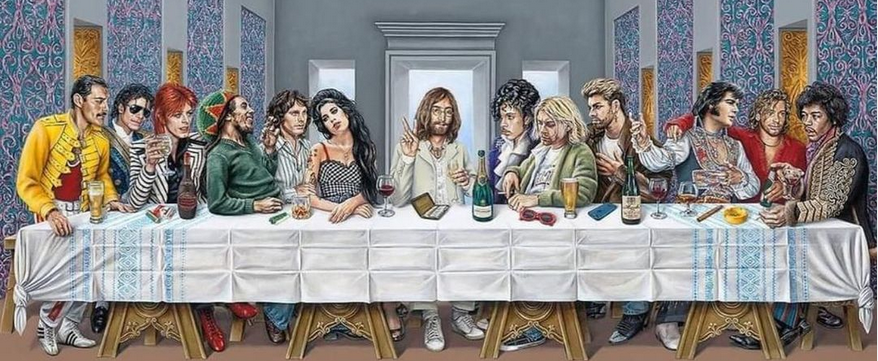
Gary Moore, born Robert William Gary Moore on April 4, 1952, in Belfast, Northern Ireland, was one of the most influential and technically gifted guitarists of his generation. A true guitar legend, Moore left an indelible mark on rock, blues, and heavy metal music with his emotive playing, soaring solos, and profound dedication to his craft. With a career spanning over four decades, Moore’s versatility, emotional depth, and passion for his instrument cemented his reputation as one of the greatest guitarists of all time.
Early Life and Influences
Gary Moore was born into a musical family. His father ran a ballroom, where he was exposed to live performances from an early age, and this set the foundation for his musical journey. Moore began playing guitar at the age of eight, heavily influenced by the British rock and blues scene of the 1960s. Early guitarists like Hank Marvin of The Shadows, Eric Clapton, and Peter Green were monumental figures in his musical development. In particular, Peter Green, the iconic guitarist of Fleetwood Mac, had a profound impact on Moore, both musically and personally, as he would later inherit one of Green’s most famous guitars—a 1959 Gibson Les Paul, which became synonymous with Moore’s sound.
At the age of 16, Moore moved to Dublin to join Skid Row (not to be confused with the American glam-metal band of the same name), a band led by Phil Lynott, who would later form Thin Lizzy. It was during his time with Skid Row that Moore began developing his signature style—a blend of searing bluesy bends, rapid-fire runs, and melodic phrasing that would later define his sound.
Thin Lizzy and the Rock Era
Though Moore’s time with Skid Row was brief, his association with Phil Lynott would continue throughout his career. In 1973, Moore briefly joined Lynott’s band Thin Lizzy, replacing guitarist Eric Bell. Although his first stint with the band was short-lived, Moore’s technical proficiency and fiery stage presence were undeniable. He rejoined Thin Lizzy in 1978 for the album Black Rose: A Rock Legend, which became one of the band’s most critically acclaimed works. Moore’s guitar work on the album’s title track, “Róisín Dubh (Black Rose): A Rock Legend,” is a masterclass in combining Irish folk motifs with hard rock.

Moore’s partnership with Lynott extended beyond Thin Lizzy. The two collaborated on the hit single “Parisienne Walkways” (1979), one of Moore’s most famous tracks, which showcased his ability to convey deep emotion through his guitar. The song, with its mournful melody and soaring guitar solo, remains a defining piece of his legacy. His ability to balance technical mastery with emotional depth set him apart from many of his contemporaries in the rock world.
Solo Career and Blues Exploration
Gary Moore’s solo career truly began to take off in the late 1970s and 1980s. He released a series of albums that veered between hard rock, heavy metal, and blues, showcasing his versatility as a musician. Albums such as Corridors of Power (1982), Victims of the Future (1983), and Run for Cover (1985) established him as a major figure in the rock and metal scene. His guitar playing was fast, precise, and melodic, characterized by his expert use of vibrato and a piercing, emotive tone.
While Moore’s rock albums were successful, it was his return to his blues roots that would define the latter part of his career. In 1990, Moore released Still Got the Blues, an album that marked a significant shift from the hard rock and metal of his earlier solo work to a more traditional blues sound. The album was a commercial success, and it introduced Moore to a new audience of blues fans. The title track, “Still Got the Blues (For You),” became one of his signature songs, featuring a heartfelt guitar solo that demonstrated his unparalleled ability to express emotion through his instrument.
With Still Got the Blues, Gary Moore paid homage to the blues legends who had inspired him, such as Albert King, B.B. King, and Albert Collins, the latter two of whom appeared on the album. Moore’s deep respect for the blues was evident in his playing, which while technically virtuosic, always remained true to the emotional core of the genre. His blues period continued with albums like After Hours (1992) and Blues for Greeny (1995), the latter being a tribute to his hero Peter Green.
Technical Mastery and Style
Gary Moore’s playing was characterized by a combination of technical precision and emotional intensity. His use of vibrato, bending, and sustain became defining elements of his sound. Whether playing a blistering rock solo or a slow, soulful blues melody, Moore’s control over his instrument was second to none. His guitar tone—often produced through his iconic Gibson Les Paul—was rich, powerful, and instantly recognizable.
Moore was also an early adopter of modern guitar techniques, incorporating elements of shred guitar into his playing during the 1980s, a time when guitar heroes like Eddie Van Halen and Yngwie Malmsteen were rising to prominence. However, Moore’s playing was always rooted in melody and emotion, ensuring that his technical prowess never overshadowed the musicality of his work.
Legacy and Influence
Gary Moore’s influence on the world of guitar playing is immeasurable. He was admired by fellow guitarists and musicians across genres, from blues and rock to heavy metal. His ability to bridge the gap between these genres made him a unique and versatile artist. Guitarists like Joe Bonamassa, Kirk Hammett (of Metallica), and Zakk Wylde have cited Moore as a major influence on their playing.
Moore’s contributions to the world of guitar were recognized not only for his technical skill but also for his emotional depth and ability to connect with listeners on a profound level. He was not a guitarist who played for the sake of technical brilliance; instead, his playing was always in service of the song and the emotion he was trying to convey.
Tragic End and Lasting Impact
Tragically, Gary Moore passed away on February 6, 2011, while on vacation in Spain. He died of a heart attack at the age of 58, cutting short a career that had spanned over four decades. His death was a significant loss to the music world, but his legacy continues to live on through his recordings and the countless guitarists he inspired.
Gary Moore’s music, whether in rock, blues, or metal, continues to inspire new generations of musicians. His unique ability to blend technical mastery with emotional expression makes him a timeless figure in the world of guitar. From his searing solos to his heartfelt blues ballads, Moore’s playing touched the hearts of millions and will continue to resonate for years to come.
Check out Gary Moore on Amazon.
Check out Thin Lizzy on Amazon.
.


Pingback: Whitesnake guitarist Bernie Marsden died August 24, 2023 - Dead Musicians